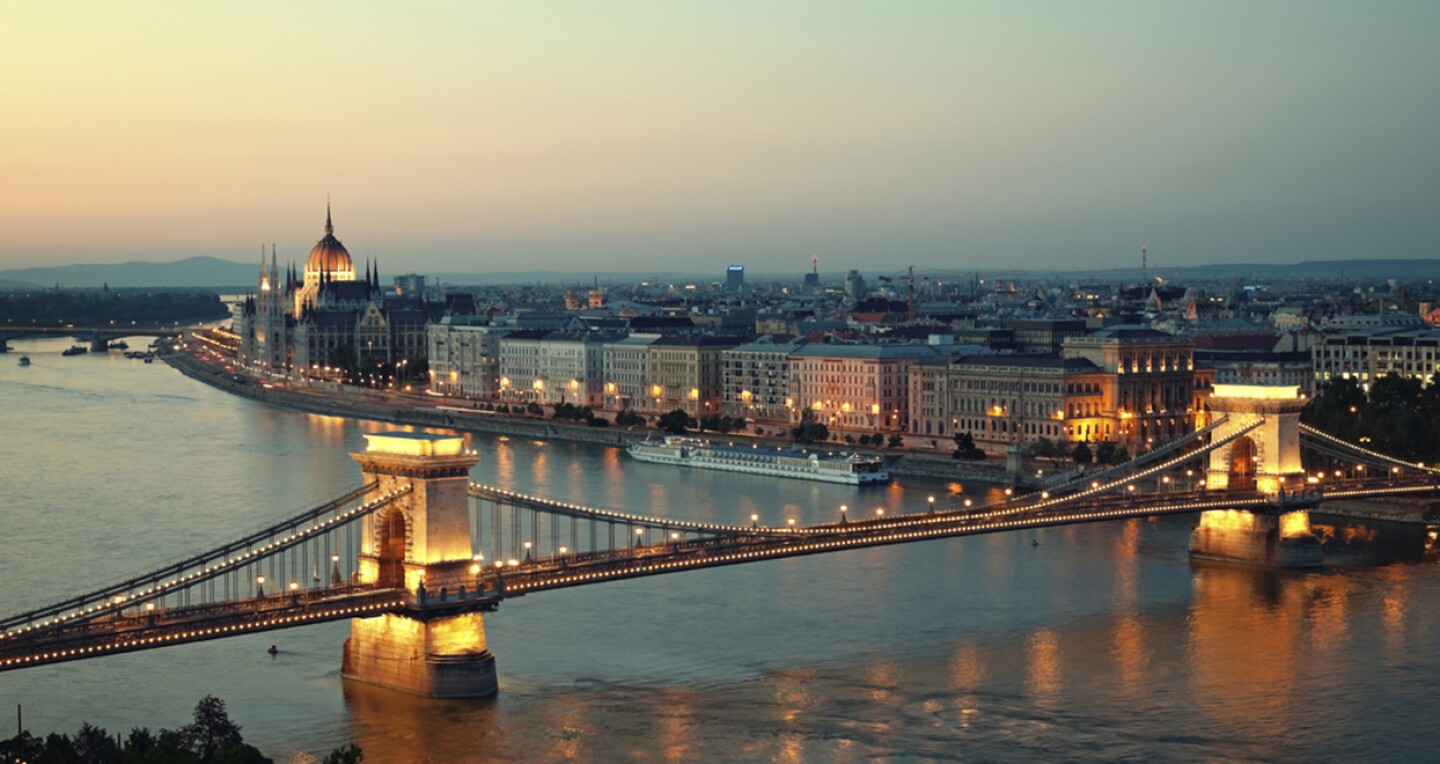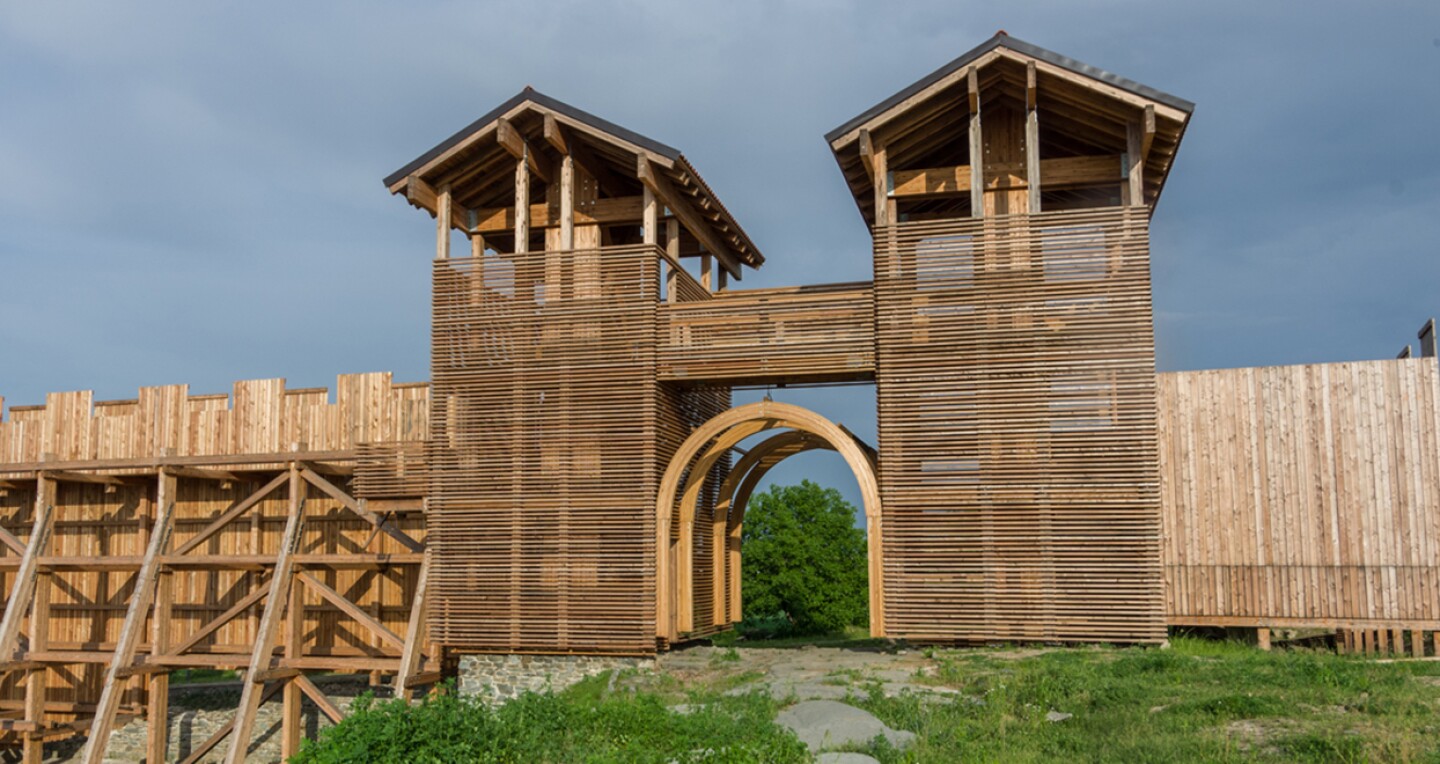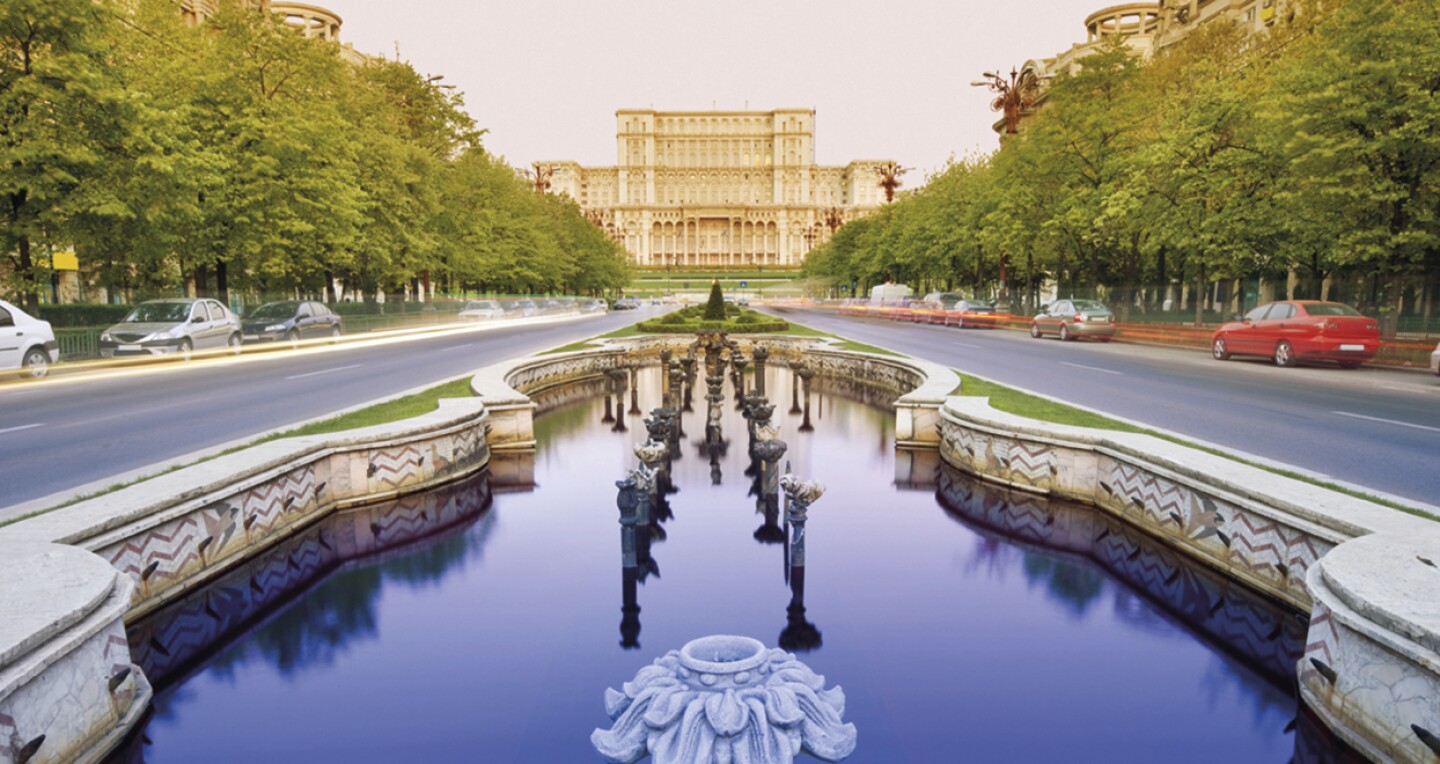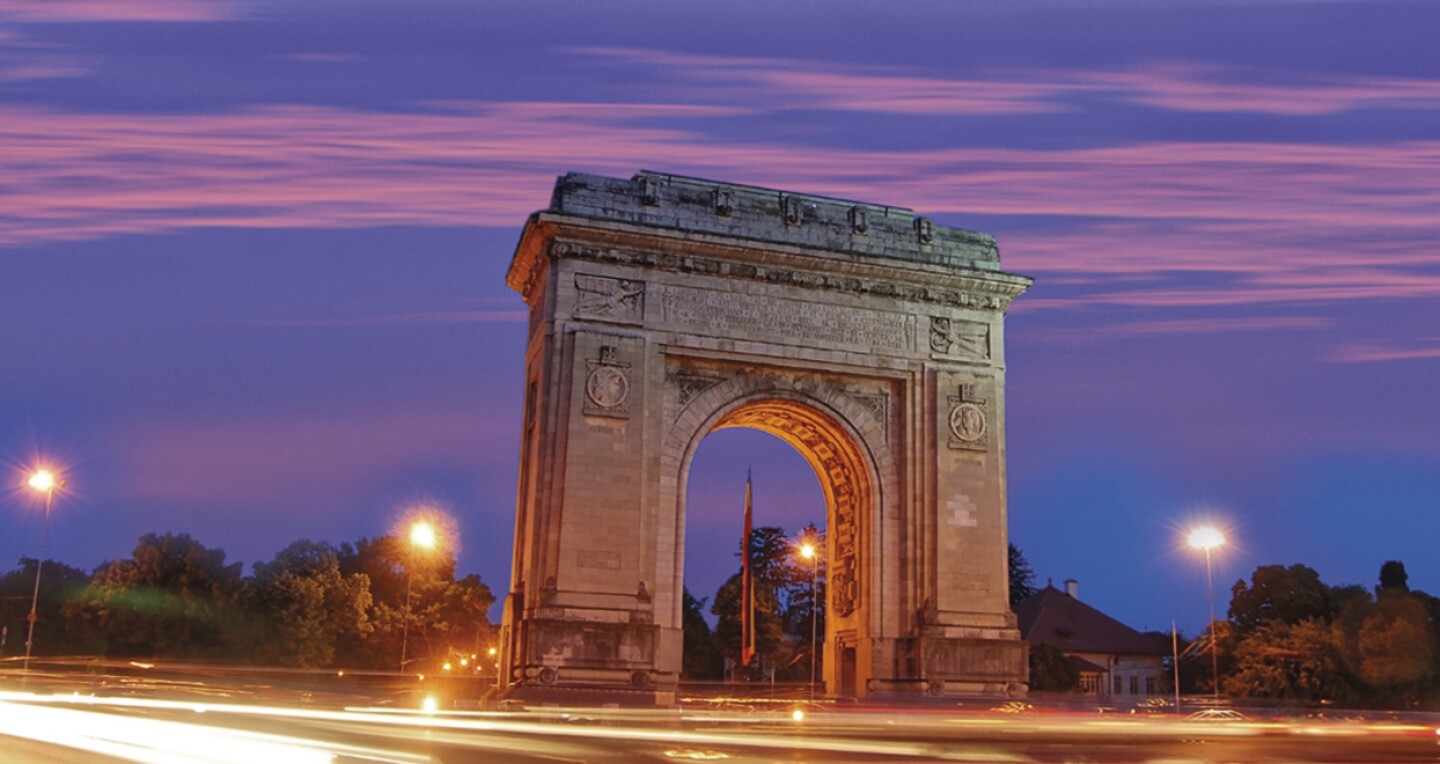Many Danube river cruises end at Budapest, after having traveled through southern Germany and Austria. The Enchantment of Eastern Europe cruise from Emerald Waterways, however, begins in the Hungarian capital and continues south, past some of the amazing highlights of five countries—Hungary, Croatia, Serbia, Bulgaria, and Romania—before ending in the fascinating city of Bucharest.
Along the way, Emerald Waterways provides exciting ways to experience the best of each country, from bike rides and hikes with EmeraldACTIVE to the cultural deep dives of EmeraldPLUS. One day you may be exploring architectural highlights in Belgrade and the next sampling the best of Bulgaria’s wines. At the end of every day, you’ll return to your ship, where you can relax in your spacious suite or venture out to one of the lounges and share your discoveries with fellow guests.
Itinerary / 9 DAYS
PLAN YOUR TRIP
DAY 1Arrive Budapest
This evening, as you enjoy dinner and meet your fellow guests, you’ll travel along the Budapest portion of the Danube. It’s one of the most stunning perspectives on the city, with its many bridges and perhaps the world’s most photogenic parliament building illuminated at night.

DAY 2Kalocsa
In the afternoon you’ll go on an equine excursion and visit a horse farm. Horses have long been central to life on Hungary’s great plain, or puszta, and here you’ll see the majestic animals and a display of Hungarian horsemanship. The Hussars were so renowned for their skills that the regiments of these feared Magyar cavalry were incorporated not only into the Hapsburg armies but Prussia’s as well. The horsemanship tradition lives on to this day.
In the evening you’ll return to your ship for a gala dinner hosted by your ship’s captain.

DAY 3Osijek
Part of what makes an Emerald Waterways cruise unique, however, is that the itineraries include more than historic sites and tourist attractions. The line also provides opportunities to make personal connections to the people who live in the destinations you visit through its EmeraldPLUS excursions. In Osijek, you can choose from enjoying a lunch of local dishes prepared by a Croatian family in their home or meeting with students to learn about their dreams for the future.

DAY 4Belgrade
All those various peoples left behind impressive architectural riches. Among the stops on your Belgrade tour are the Kalemegdan Fortress, which encompasses some 160 acres of the historic heart of the city. With its walls built and rebuilt over the years, most recently in the 18th century, the fortress has been a witness to numerous battles over the centuries. The Church of St. Sava—the world’s largest Orthodox church, with a 230-foot-high dome—may draw its inspiration from the churches of Constantinople, but it dates from the 1930s. The House of Flowers, the final resting place of Josep Broz Tito, the Communist leader of Yugoslavia until 1980, was closed for a decade after the dissolution of Yugoslavia. Today it is once again open to the public—a memorial to the Yugoslav president and the country he founded.
Depending on your interests, Emerald Waterways also offers a number of optional excursions. You can explore the city by bike, learn more about the culture at a Serbian folkloric performance featuring local dances and music, or tour the National Opera Theater—a grand building from 1869 inspired by Milan’s La Scala.

DAY 5Donji Milanovac
You’ll return to your ship and set out for Vidin, Bulgaria. Along the way, you’ll sail through the gorge known as the Iron Gates. This is where the Danube divides Serbia and Romania, as well as the Balkan foothills from the Carpathian Mountains, with sheer cliffs rising above the water below. It’s an especially dramatic stretch of the river, and the subject of poetry and song in a number of the cultures that have lived on or near the Danube over the centuries.

DAY 6Vidin
Your day in Vidin also includes a visit to some wineries. This region of Bulgaria has been a center of wine production since the days of ancient Rome, and it’s especially known for the gamza grape (which produces full-bodied reds), though you’ll also find merlot, cabernet, and other more familiar varieties. Many of the small, family-owned farms follow time-tested agricultural and wine-making practices.
If you feel more like stretching your legs than sampling the local wines, try an EmeraldACTIVE excursion. Hike through history on a trek up to the Belogradchik Rock Fortress, first constructed by the Romans and used by both Bulgarian tsars and Ottoman forces to surveil the surrounding countryside.

DAY 7Veliko Tarnovo and Arbanasi
Veliko Tarnovo was the capital of the Second Bulgarian Kingdom—the medieval state that existed from 1185 to 1393 before being conquered by the Ottomans. It’s built on three principal hills: Tsarevets, Trapezitsa, and Sveta Gora. Tsarevets was the site of the palace of the Bulgarian emperors and the Patriarchal Cathedral. Trapezitsa was known for its many churches and monasteries. And Sveta Gora was a spiritual and literary center. The city’s importance peaked in the 14th century, when its cosmopolitan population include Armenians, Jews, and both Catholic and Orthodox communities. Its downfall followed shortly thereafter, however, and an independent Bulgaria would not reemerge for 500 years.
Nearby, Arbanasi reached its peak in the 17th and 18th centuries, when its merchants traded local copper and silverwork as well as wines and silks to customers in Europe and the Ottoman Empire. The wealth they accumulated funded the construction of lavish houses and churches that are outstanding examples of the Bulgarian National Revival style.
This evening on the ship you’ll enjoy a final farewell dinner hosted by the captain.

DAY 8Bucharest
Much like the Pest half of Budapest, where you began your journey, Bucharest grew dramatically in the late 19th century, when all things French were in vogue. Its wide, tree-lined boulevards and French-inspired buildings help explain its nickname, the Paris of the East. Since the fall of communism in 1989, the city has enjoyed a new wave of commercial activity and prosperity. Along with new gleaming skyscrapers, many of the city’s beloved historic buildings have been restored.







